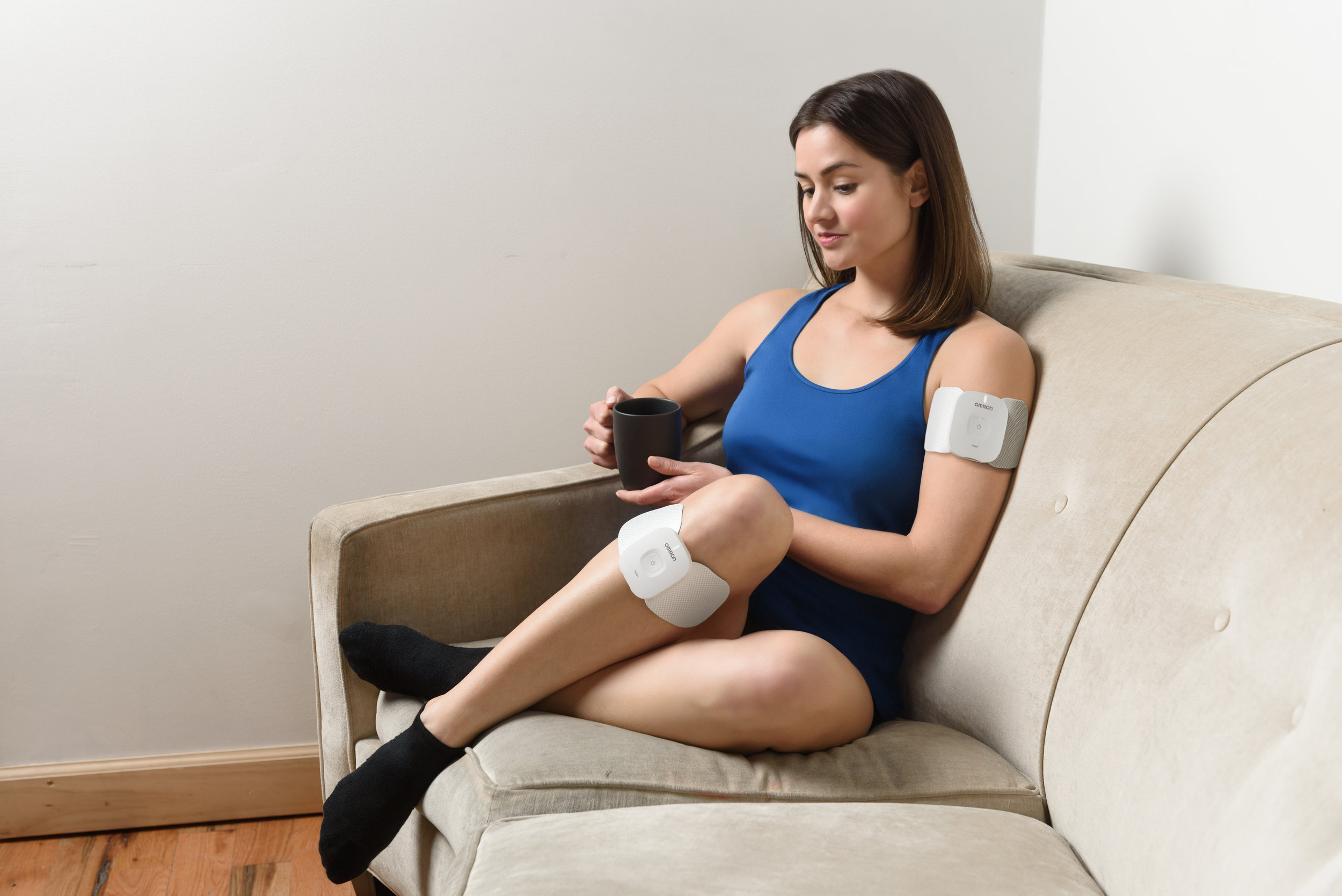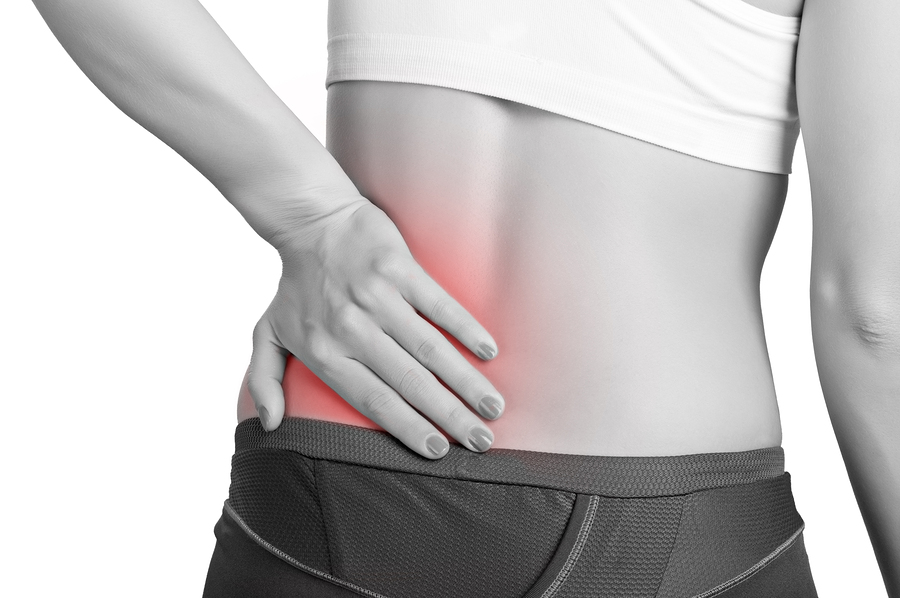Wear, Tear & Care: Rating Omron's Avail TENS Unit
/By Jennifer Kilgore, Columnist
I don’t use TENS units very often. Since I wear the Quell on a daily basis, it usually seems superfluous -- unless I’m having a very bad day.
Then my TENS unit makes an appearance, wires snaking under my shirt and sticky pads placed wherever I can get them. The power pack is latched to my pants, and the result is that I feel like a moron. Even if there is nobody at home to witness my treatment, I become self-conscious. My cat has an opinion, I’m sure.
That’s why I was excited to try the Omron Avail TENS device. It’s wireless, has two large pads, and can be controlled from my phone. There’s no bulky battery pack to wear on my belt, no wires tangling me, and the pads themselves are larger than the unit I currently have. The coverage of more bodily real estate is always a winner for me.
The Avail TENS is a wearable electrotherapy device that is designed to alleviate chronic muscle and joint pain. It has various pre-programmed settings designed for the shoulder, arm, back or leg; as well as modes that include both TENS and microcurrent, the latter of which applies electrical stimulation that one can hardly feel. The TENS modes are much stronger in sensation.
IMAGE COURTESY OF OMRON
I actually didn’t know that microcurrents were used in pain relief -- I thought they only applied to anti-aging treatments at spas. However, this therapy mimics the body’s natural currents, which are believed to restore normal frequencies within cells.
I don’t know how well the microcurrent mode works yet, because I still experienced pain when I tried it. I imagine it takes some getting used to and that benefits accrue over time. However, the TENS mode works wonderfully, and having such large pads means that I can get more coverage.
Treatment sessions run between 30 and 60 minutes, depending on the mode chosen. You can also set sessions to run indefinitely. To charge the sensors, they must be placed on a special charging box that comes with the device. I’ve managed to use it multiple times now after the initial charge.
IMAGE COURTESY OF OMRON
It is very easy to set up and use, as most of it is intuitive for a chronic pain patient. The device must be paired with your smartphone, and the app is fairly straightforward. The only thing that kept happening to me was that the pads would unlink with the app because I kept pressing the power button on the pads by mistake -- for instance, when I leaned back on a couch.
The pads stay on well. The "help” section of the app states I can use them up to 30 times, and replacement pads range from $12.75 to $19.99. I might resort to using athletic tape to keep them on longer, as I do with normal TENS pads. I know that isn’t advised, but I want these pads to last as long as possible.
So far, my only complaint is the slight bulkiness of the pad itself. Having a wireless device means that a sensor must be placed on the pad, which ties it to the app. These blink in orange or green lights, which are even visible from underneath two shirts. Granted, clothing manufacturers have been making clothing thinner and thinner so you are required to buy more clothes, so maybe that’s not Omron’s fault. There’s even a name for this clothing phenomenon: “planned obsolescence.”
Additionally, since my problem areas are on my back, sitting in a chair can be awkward. The pads stick out and rub against the seat, which turned them off once or twice. I don’t think the unit is meant to be worn all day, though, unless one plans to use microcurrents alone. The company only recommends that three TENS treatment sessions be completed on a daily basis.
My overall impression is a good one. I like the device, and I think it works well. It controls my pain when I use the TENS settings. I just wish the sensors on the pads were thinner -- that would help my back-pained compatriots (and me) when leaning back into a chair. That seems like a small complaint for such a device, though.
The Omron Avail is currently on sale for $159.99 (normally retails at $199.99).
Jennifer Kain Kilgore is an attorney editor for both Enjuris.com and the Association of International Law Firm Networks. She has chronic back and neck pain after two car accidents.
Jennifer receives products or services mentioned in her reviews for free from the manufacturer. She only mentions those that she uses personally and believes will be good for readers. You can read more about Jennifer on her blog, Wear, Tear, & Care.
The information in this column should not be considered as professional medical advice, diagnosis or treatment. It is for informational purposes only and represents the author’s opinions alone. It does not inherently express or reflect the views, opinions and/or positions of Pain News Network.
































